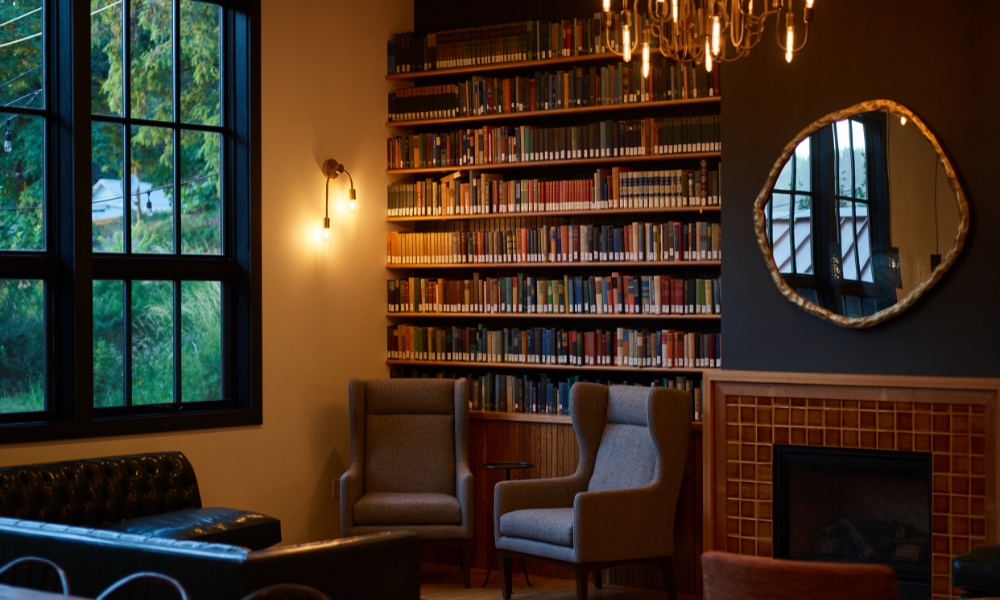Bookshelves come in various sizes, catering to different needs and spaces, but one common question arises: how tall are bookshelves? The height of a bookshelf can significantly influence its functionality and aesthetic appeal in a room. Standard bookshelves typically range from 30 inches to 84 inches in height, accommodating everything from compact collections to extensive libraries. Factors such as the purpose of the bookshelf, the size of the room, and the type of books being stored play crucial roles in determining the appropriate height. Understanding these elements can help in selecting the perfect bookshelf that not only maximizes storage but also complements the room’s design.
Are Adjustable Bookshelves Worth the Investment?
Adjustable bookshelves offer a versatile solution to the height dilemma. These bookshelves allow you to modify the height of each shelf to accommodate different sizes of books and other items. This flexibility makes them a worthwhile investment, especially if your collection is diverse or constantly growing. Build A bookshelves can be particularly advantageous in multi-purpose rooms, where the needs for storage might change over time. By investing in adjustable options, you can ensure that your shelves remain useful and relevant, regardless of how your storage needs evolve.
Importance of Bookshelves
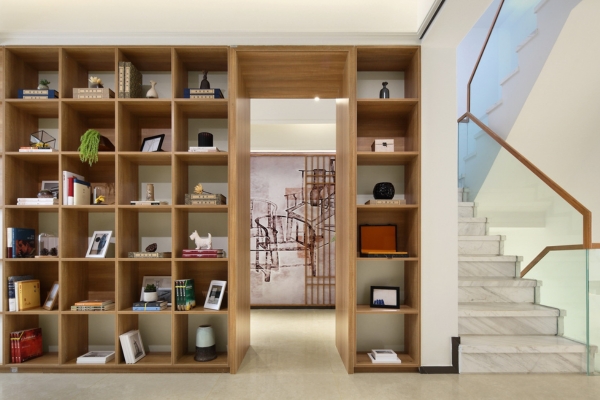
Bookshelves are more than just storage units; they are essential pieces of furniture that contribute significantly to the organization and aesthetics of a space. They help in decluttering by providing a designated place for books, decorative items, and other possessions. Additionally, bookshelves can enhance the ambiance of a room, making it feel more inviting and organized. In a home or office, well-placed bookshelves can serve as focal points, drawing attention and adding character to the space. Understanding the height and design of your bookshelves can thus play a critical role in maximizing both their functional and decorative potential.
Standard Heights for Bookshelves
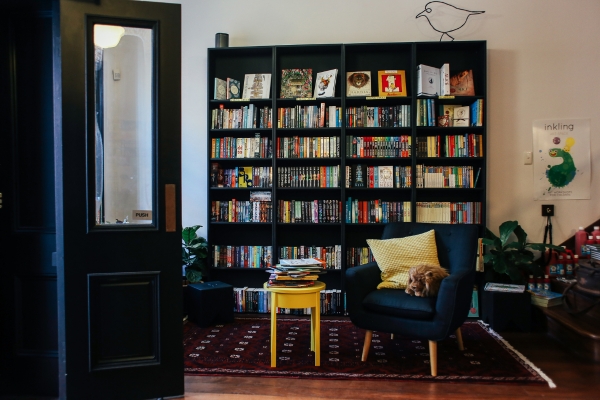
Bookshelves come in a range of standard heights, typically starting from around 30 inches and going up to 84 inches or more. These heights cater to various needs, from low bookshelves that can fit under windows to tall, imposing units that make full use of vertical space. When selecting a bookshelf height, consider the height of your ceilings and the accessibility of the shelves. For instance, a 30-inch bookshelf might be ideal for a child’s room or for use as additional surface space, while a taller 84-inch bookshelf could be perfect for creating a home library or maximizing storage in a small apartment. By choosing the right height, you can ensure that your bookshelves are both practical and aesthetically pleasing.
Factors Influencing Bookshelf Height
1. Standard Bookcases

Standard bookcases are typically around 72 inches tall. This height is designed to provide ample storage while being accessible to most people without the need for a step stool. These bookcases are ideal for living rooms, offices, and libraries where a substantial amount of storage is required without sacrificing accessibility.
2. Tall Bookcases

Tall bookcases can reach up to 84 inches or more. These bookcases are perfect for rooms with high ceilings and are often used to create impressive home libraries or to maximize vertical storage in small spaces. However, the top shelves of these bookcases may be hard to reach, so a step stool or ladder might be necessary.
3. Medium Bookcases
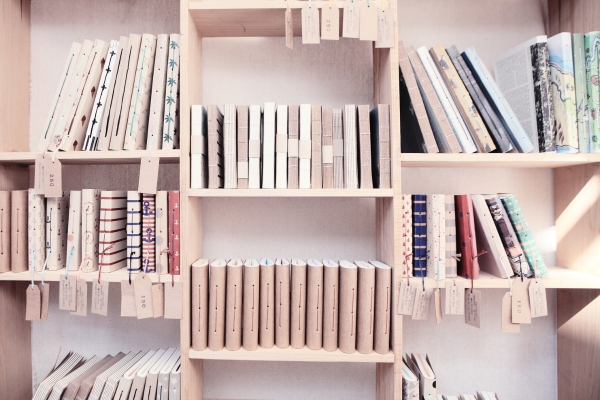
Medium bookcases, ranging from 48 to 60 inches in height, offer a balance between storage capacity and accessibility. They are a great option for rooms with moderate ceiling heights and can be used in various settings, including bedrooms, living rooms, and offices. Their height allows them to fit under most windows and still provide a significant amount of storage.
4. Short Bookcases

Short bookcases, typically 30 to 48 inches tall, are perfect for small spaces or rooms where additional surface area is needed. These bookcases can double as display units or additional countertop space, making them versatile pieces for bedrooms, living rooms, and entryways. Their low profile also makes them suitable for children’s rooms.
5. Cube Storage Units
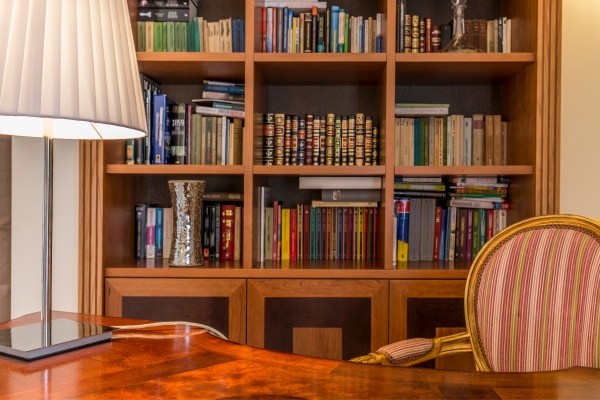
Cube storage units are modular and can vary in height depending on the number of cubes stacked. Each cube is usually around 12 to 15 inches tall, allowing for a customizable storage solution. These units are ideal for modern and contemporary spaces where flexibility and design are important. They can be configured to fit any height requirement.
6. Wall-Mounted Shelves
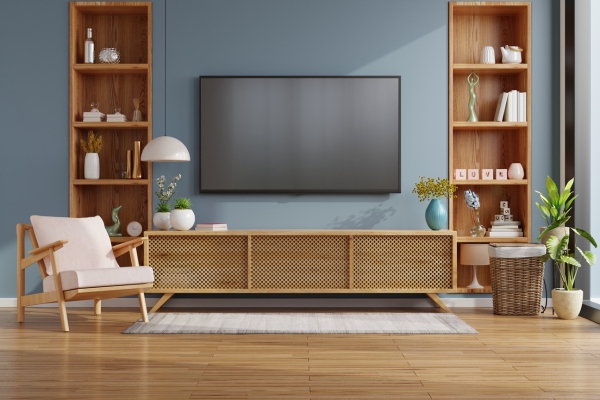
Wall-mounted shelves offer a unique solution as their height is entirely adjustable. They can be placed at any level to suit the specific needs of a room. These shelves are ideal for creating focal points or for storage in spaces where floor space is limited. They work well in kitchens, bathrooms, and small living areas.
How Do I Determine the Right Height for My Bookshelf?
Determining the right height for your bookshelf involves considering the size of the room, the height of the ceilings, and your specific storage needs. Measure the available wall space and take into account any furniture or fixtures that might interfere. Consider what you plan to store on the shelves – taller items will require more vertical space. Accessibility is also a key factor; ensure that you can easily reach the items you need without straining. For multifunctional spaces, adjustable or modular shelving may be the best option to accommodate changing needs.
Conclusion
Bookshelves are essential furniture pieces that serve both functional and decorative purposes. Understanding the various heights available – from standard and tall bookcases to medium, short, cube storage units, and wall-mounted shelves – can help you make an informed decision that meets your specific needs. By carefully considering the factors influencing bookshelf height and evaluating your own requirements, you can select the perfect bookshelf that enhances both the organization and aesthetic appeal of your space.
